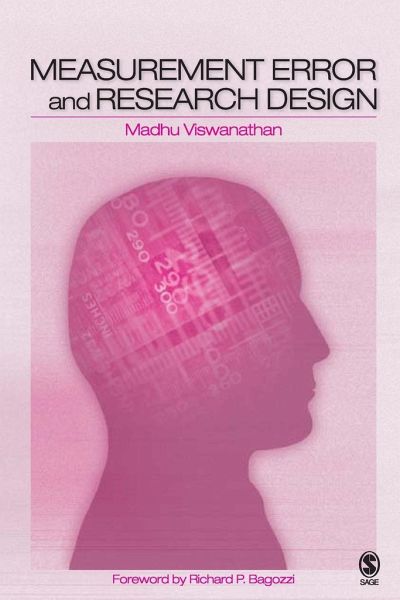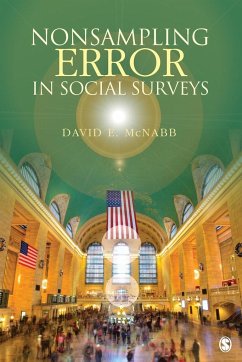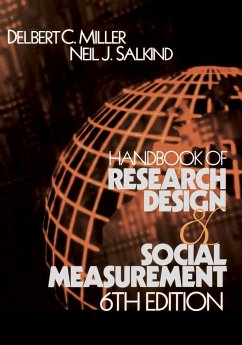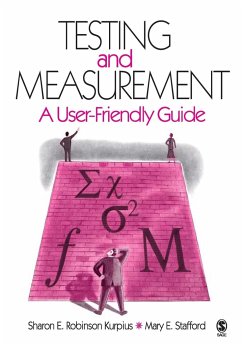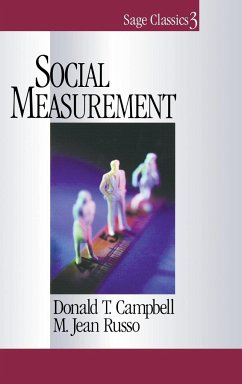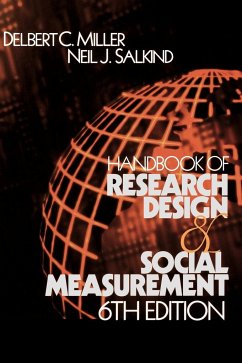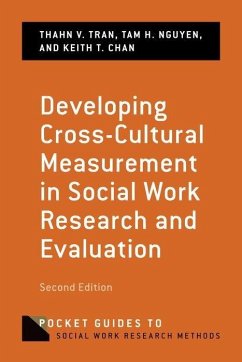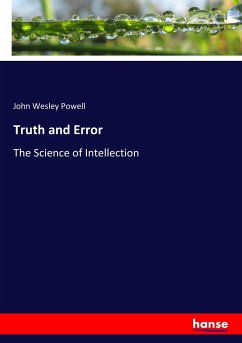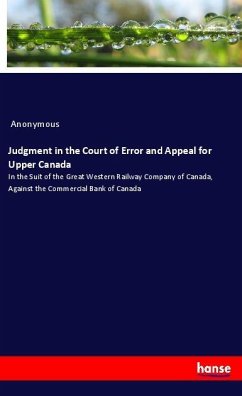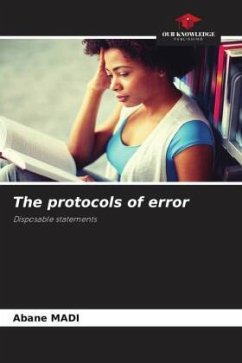Madhu Viswanathan earned Bachelor's (Mechanical Engineering, IIT, Madras, India, 1985), and doctoral (Marketing, University of Minnesota, 1990) degrees. He joined Loyola Marymount University in August, 2019, after being on the faculty at the University of Illinois, Urbana-Champaign, for 29 years. His research programs are on measurement, and subsistence marketplaces, where he has authored several books including Measurement Error and Research Design (Sage, 2005), Enabling Consumer and Entrepreneurial Literacy in Subsistence Marketplaces (Springer, 2008), Subsistence Marketplaces (ebookpartnerships, 2013), and Bottom-Up Enterprise (ebookpartnerships, 2016). He has pioneered the area of subsistence marketplaces, with a bottom-up approach to the intersection of poverty and marketplaces (www.business.illinois.edu/subsistence). He taught courses on research methods, subsistence, and sustainability, educational experiences on the latter, reaching almost a thousand students a year at the University of Illinois, and tens of thousands of students around the world through Coursera. He founded and directs the Marketplace Literacy Project (www.marketplaceliteracy.org), pioneering the design and delivery of marketplace literacy education to subsistence marketplaces. With partners and ongoing programs in India, Tanzania, Uganda, Kenya, Argentina, Honduras, Mexico, and Illinois, approximately 100,000 women have received marketplace literacy education. He has received numerous awards and served on the Livelihoods Advisory Board of UNHCR.
